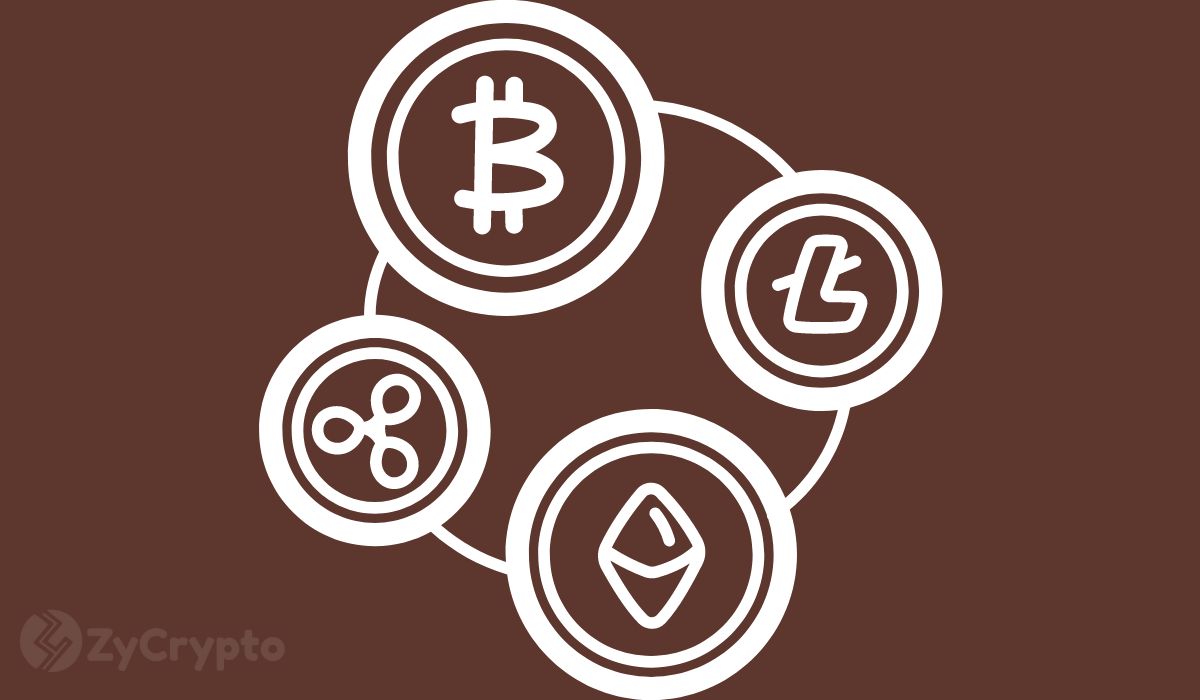ARTICLE AD BOX
In the brisk wind of technological advancement, where the sails of Bitcoin billow with the promise of new highs and institutional adoption, lies a sea fraught with hidden icebergs – the complexities and vulnerabilities of web3, along with the underlying arrogance that we are always better than web2.
As I am about to sign off for the holidays, I want to leave with a call to action for 2024.
“Stop comparing ourselves to and competing with web2.
Stop thinking web3 exists in a vacuum, and accept the areas where we are failing so that we can build real solutions that won’t falter on mainstream adoption.
We can do better. We have to do better.”
I love this space. The community spirit in the attempt to build a better system is unrivaled. The technology is devastatingly powerful and user-focused rather than geared toward corporate greed. However, all too often, I find myself concerned about the echo chamber in which we discuss blockchain, web3, and Bitcoin.
Crypto does not exist in a vacuum. It is not the answer to everything web2 and cannot exist without the traditional rails upon which the world is currently built. If Cloudflare, Amazon, or Microsoft go down, so do many web3 front ends. I pray we continue to move toward a world where this is no longer the case, but at least for now, day-to-day web3 needs web2 more than web2 needs web3.
Moreover, blockchain promises a world of self-sovereignty, enhanced security, and streamlined interactions with a new ‘internet of value.’ I want to point out that we’re a long way off from delivering that right now.
The realization of the excitement for 2024 requires a critical self-reflection.
As the year draws to a close and we step into 2024, a likely pivotal year for the crypto industry, it’s time to shift our focus away from the shortcomings of web2 and traditional finance to the challenges inherent in web3. The blockchain world is buzzing with anticipation, particularly with changes in crypto accounting requirements, major institutions predicting an all-time high new Bitcoin, and the likelihood of U.S. regulatory acceptance of a Bitcoin spot ETF. These developments, while bullish, overshadow a critical conversation: the inherent risks of web3, especially in comparison to our everyday financial interactions.
Consider a simple act like buying a can of Coke at a local shop. It’s a transaction free from the anxiety of losing one’s entire bank balance. Despite past threats like credit card cloning, safeguards like instant bank alerts and solutions like Apple Pay have significantly reduced such risks. The simplicity and security of these transactions starkly contrast with the complexities and vulnerabilities in the web3 space, exemplified by incidents like the vulnerability of the Ledger Connect Library.
Everyone on X that day was told not to interact with any dApp. Imagine if Visa announced that any credit or debit card transaction could result in your losing your funds! Granted, users had to confirm a notification from the drainer wallet to lose their funds. However, the analogous situation would be a cashier asking if the Visa confirmation code was correct before stealing your entire bank balance. I don’t know what a valid credit card confirmation should look like in a POS system, just like it’s almost impossible most of the time to understand an Ethereum transaction signing message.
The risks in web3 are more pronounced than in TradFi. For instance, when I recently participated in a gaming website competition, I found myself second-guessing every step, concerned about the legitimacy of transactions on platforms like Magic Eden. Yes, it’s a known site, but was I sure the front end hadn’t been cloned? Did I know for sure it had patched the Ledger issue and wasn’t vulnerable? I ended up checking their social media platforms and using AI to analyze the signing message to understand precisely what I was signing. This anxiety is compounded by the thought that a single misstep could jeopardize significant digital assets, including NFTs and crypto holdings.
Web3 promises that it has yet to deliver.
This brings us to the heart of the web3 dilemma. The ecosystem, ever innovating, is implementing novel NFT and token uses in areas such as SocialFi and soulbound tokens tied to digital identities. Yet, we may require reconsideration to achieve mainstream adoption. While it’s great that I can find other NFT communities and users with a similar social graph on platforms like Mastodon and Lens, the fact that I need to hold those specific, potentially high-value assets in the same wallet that I sign in with can be anxiety-inducing. To build a social graph of my web3 activity, I need to sign in to dApps with the same wallet every time, thus putting those assets at risk. Again, we don’t have to risk almost anything to pay via ApplePay.
The idea of tiered wallets and subaccounts emerges as a potential solution, offering a way to engage in the digital space without risking significant assets. Yet, as we explore these solutions, the complexity escalates, potentially alienating users and undermining the very user experience we seek to enhance.
The challenge then is to balance the libertarian ideal of self-sovereignty with the need for user support and safety. Concepts like dynamic key sharing, like my friends at INTU developed, or social recovery, and technologies like MPC and ERC 4337 are steps in the right direction, but they are not enough. The current state of web3 feels akin to a beta version, reminiscent of the initial, tech-centric iteration of the Pied Piper app from Silicon Valley. While the ethos of self-sovereignty is admirable, its practical application in daily transactions is questionable.
A hybrid system that allows for a seamless transition between complete control and assisted management of assets could work. This approach could include dynamic key generation and shared custody options. However, considering the entrenched nature of current web3 account systems, significant evolution is required. I know INTU is doing this, but this isn’t built into the entire web3 stack, and it has to be. I’m not trying to shill INTU here, but I’m friends with those guys for a reason; they get it. The rest of the space needs to get the problem, too, in my opinion. The current way we’re building web3 feels like we have tunnel vision and we need to open our eyes a bit more.
Another project I’m publicly a big fan of is Core Blockchain and its CorePass app, which offers a decentralized approach to KYC and data control. Such innovations point towards a future where users can manage their data securely and autonomously. However, achieving widespread adoption for such platforms remains a formidable challenge. Core Blockchain is siloed from the rest of web3 right now, and to achieve the network effect needed for this to work, there needs to be not just the visibility of the solutions but of the problems they solve.
Right now, I feel like we have our heads in the sand, building new NFT marketplaces and liquid staking platforms rather than looking at the hard problems at the root of the issue.
My closing thoughts.
To end, while the allure of blockchain and web3 is undeniable, the recent Ledger incident and similar vulnerabilities have exposed critical flaws in the current ecosystem. To achieve mainstream adoption, we must develop systems that are not only technologically advanced but also user-friendly and secure.
The need for human-readable transaction simulations, more explicit on-chain protocols, and safer asset management strategies has never been more pressing. The goal should be a web3 environment where participation does not mean risking one’s entire digital wealth. It’s time for the industry to evolve, ensuring that our digital future is not just innovative but also inclusive and secure.
To be clear. I’m still a big fan of what is being built in web3. I simply want to ensure we’re not ignoring critical problems in lieu of building better tech and ignoring some crucial things we still need to fix in terms of onboarding and day-to-day usage in the space.
Happy holidays, Merry Christmas, and a Happy New Year to all. Let’s make 2024 the best year ever for Bitcoin, blockchain, and web3. To do this, take a step back this holiday period and truly ask yourself,
“Are we doing the best we can to offer a better solution for everyone? And do you truly feel safer in web3 than you do using comparative tools like ApplePay in your local shop?”
If not. Let’s pivot where needed, build these much-needed safeguards into web3, and accept that compromise is a part of development and progress.
These are the views and opinions of Akiba, Senior Editor at CryptoSlate, and not those of the company itself.
The post We need to do better. Web3 has to realize its promises in 2024. appeared first on CryptoSlate.
.png)
 1 year ago
8
1 year ago
8








 English (US)
English (US)